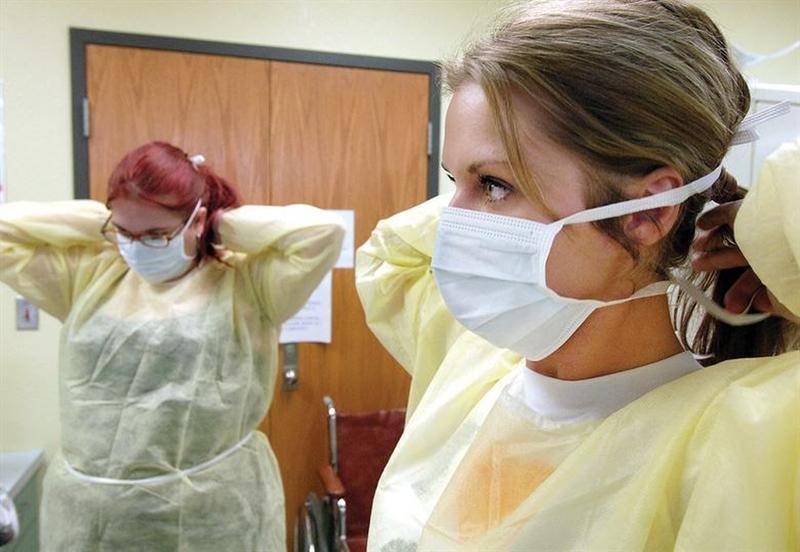What Do I Have to Do to Become an RNA?

Nursing assistants are an important part of the healthcare system. They work under the guidance of licensed or registered nurses and help with tasks like patient hygiene, mobility, vital signs, eating and general caregiving. They report back to the nurses under whom they work, letting them know if a patient has any problems, questions or concerns. They may work in hospitals, nursing homes, hospice care facilities, retirement communities, assisted living facilities or ambulatory healthcare services. Entry-level nursing assistants are often called certified nursing assistants (CNAs). Restorative nursing assistants (RNAs) are CNAs with advanced experience and training.
Understand the Job
Before becoming an RNA, it’s important to understand exactly what they do. While a CNA provides basic care, an RNA may do that in addition to rehabilitative and therapeutic therapies under the supervision of more advanced medical professionals, such as a physical therapist. They may work with patients who are arthritic, stroke survivors, living with Parkinson’s disease, suffering from hip fractures or any other patients who need therapy to restore movement and mobility.

Other job duties may include helping a patient perform daily activities like eating, getting dressed, bathing and walking. RNAs may check to make sure all catheters, IVs and tubing remain in place and keep records for nurses and any other supervisors who work with their patients.
According to the United States Bureau of Labor Statistics, there were more than 1.5 million nursing assistants employed throughout the country in 2018, and the job is on the rise with a 9 percent growth rate.
Work as a CNA
Before you can become an RNA, you must become a CNA. Each state has its own unique requirements, but most require you to complete a basic training program. It may be offered in high schools, community colleges or technical and vocational schools. Some hospitals and nursing homes may also offer a path to becoming a CNA. Once you complete the training, you’ll typically take an exam. If you pass, you complete on-the-job training before working on your own. Some states require you to pass a background check as well. In some cases, you can become an RNA without becoming a CNA first if you are already a registered nurse.

Meet the Prerequisites
Once you’ve worked as a CNA for a while — usually, at least six months — you can find out if you qualify to complete the training to become an RNA. Again, the state where you work and the place where you want to complete your training determine if you meet the prerequisites. The requirements may include a high school diploma, a recommendation from the current supervisor at your CNA job, current CPR certification and a valid Social Security number.

Attend RNA Training
If you qualify for training in your state, you can look for courses and programs at vocational schools and community colleges. As with CNA training, hospitals and nursing homes may also offer RNA training. Courses are typically taught by physical therapists or registered nurses, and they may include lectures, demonstration and hands-on practice. Depending on the state where you attend training, you may need as little as 12 hours of coursework or as many as 30 or more. Once you’ve completed your education, you’ll need to pass an exam before you receive your certification.

Look for a Job as an RNA
After you attend your RNA training and become certified, you’ll need to look for a job. If you attended training at a hospital or nursing home, they may be ready to hire you on the spot. Otherwise, you’ll need to search for jobs through classified ads and submit your resume. Networking with instructors, fellow students and co-workers and supervisors at your CNA job can also help launch your career as an RNA.






